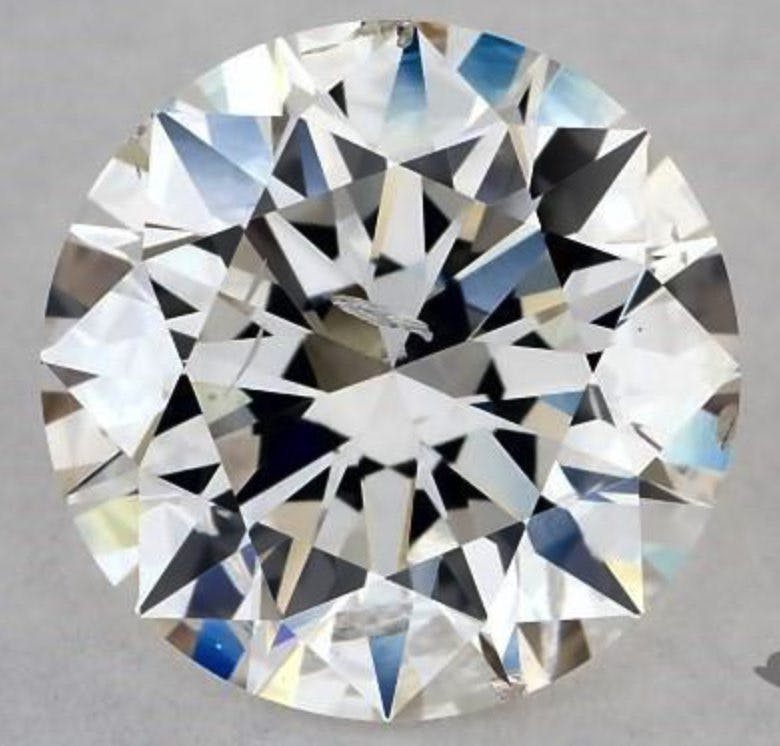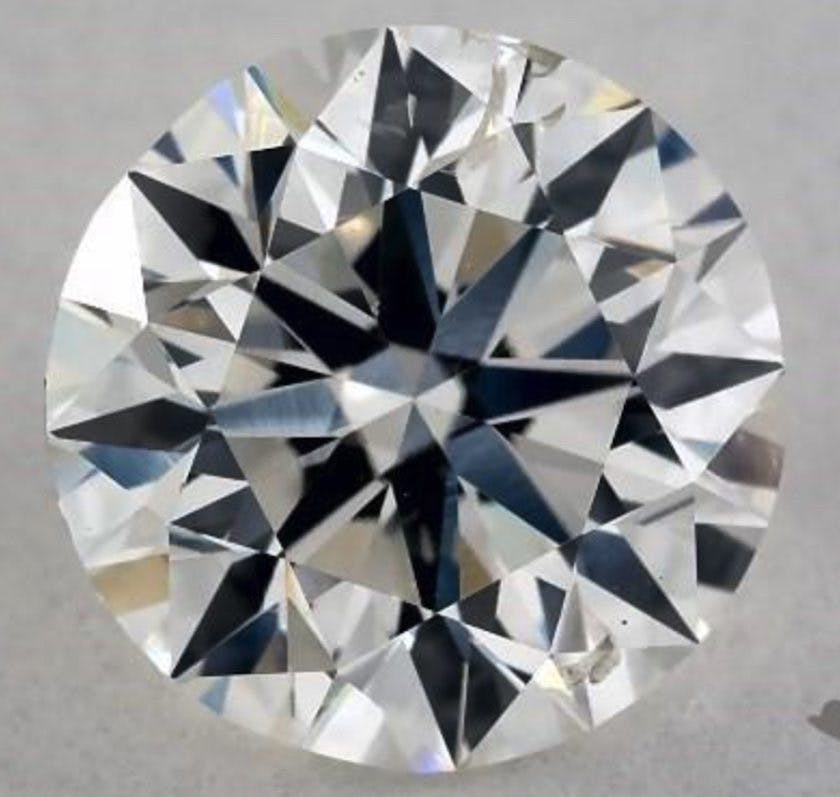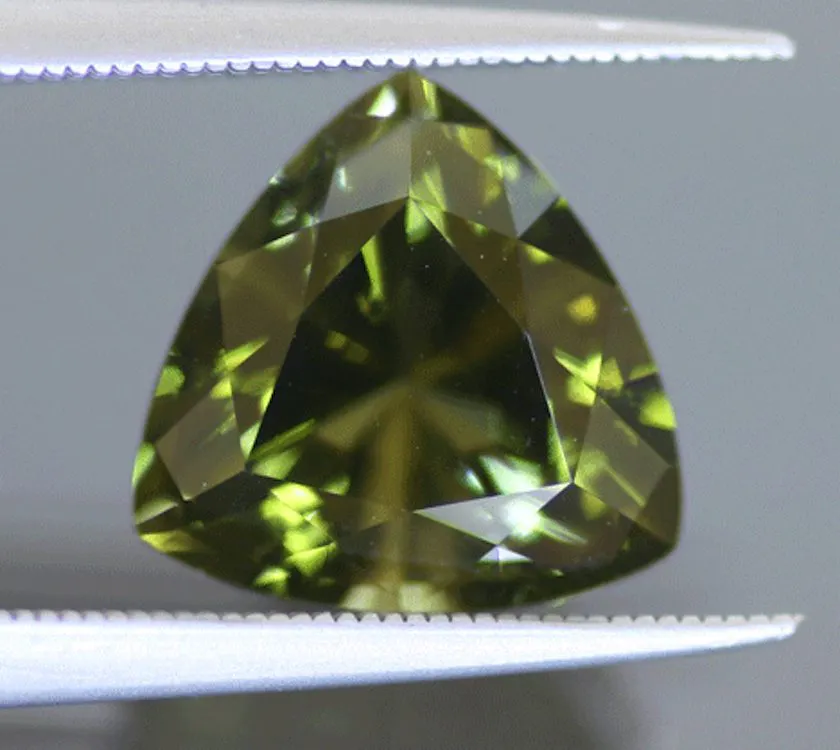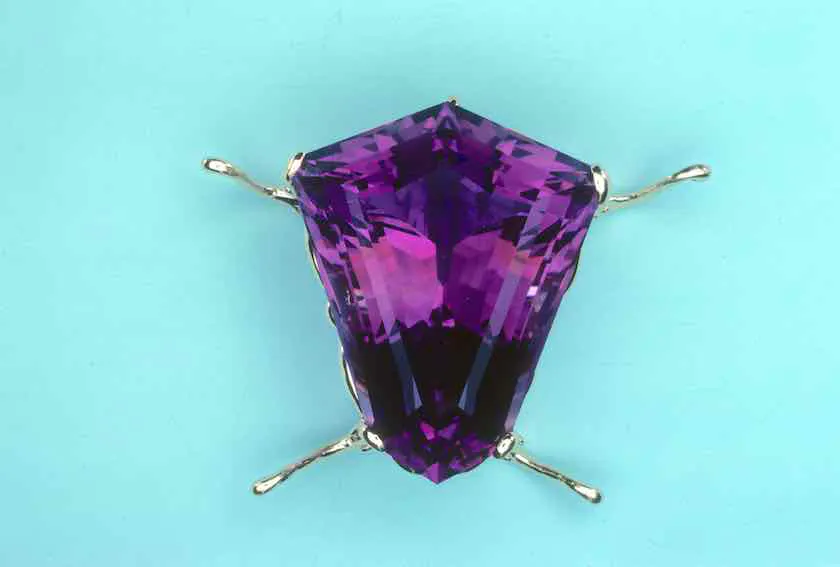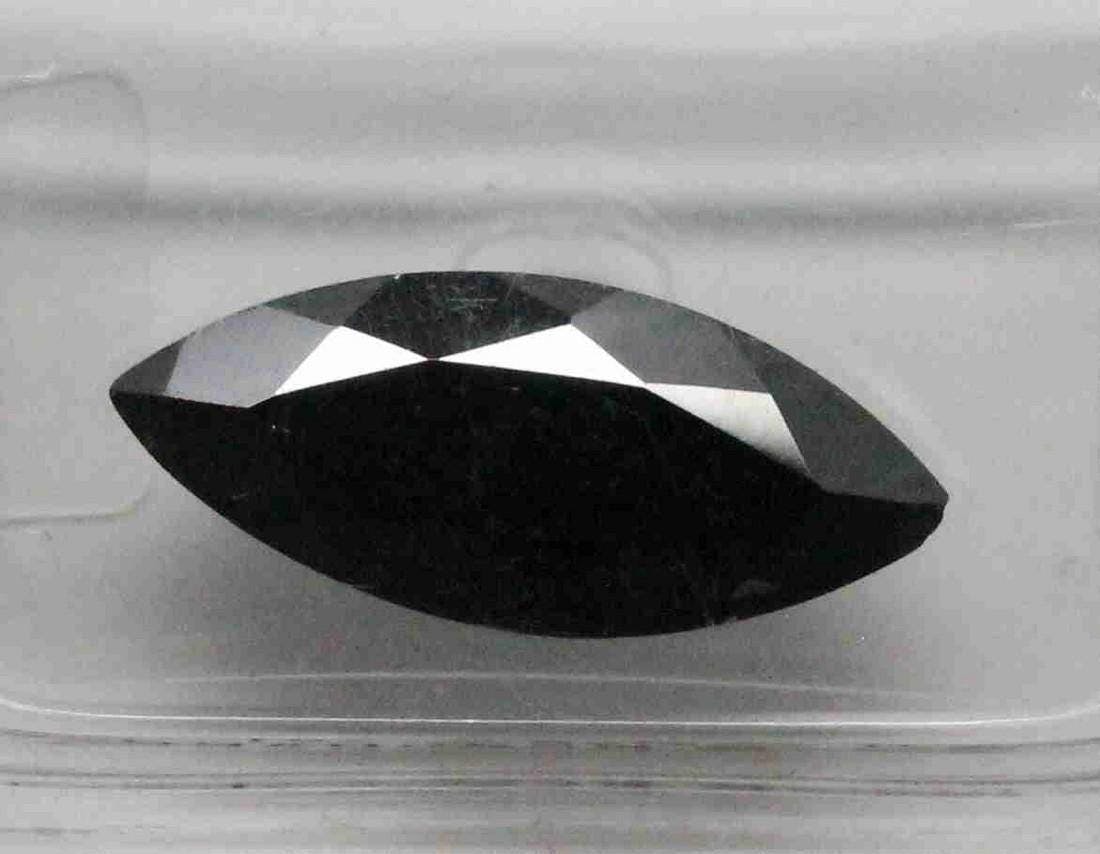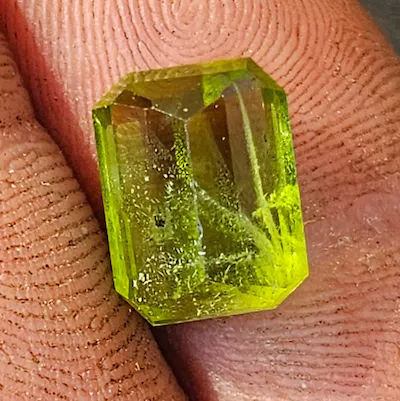Information about Diamonds, News
Choosing the Right Clarity Grade: Is an I1 Diamond Worth It?
Factors to Consider when Choosing Clarity Grade
Price and Value
When choosing a clarity grade for a diamond, one of the important factors to consider is the price and value. The clarity grade of a diamond affects its price, with higher clarity grades generally being more expensive. If budget is a concern, opting for a lower clarity grade like I1 can help save money while still getting a beautiful diamond.
Appearance and Durability
Another factor to consider when choosing a clarity grade is the appearance and durability of the diamond. An I1 clarity diamond is a low-level grade that may have visible flaws. These flaws, known as inclusions, can affect the overall appearance of the diamond. It is important to evaluate how visible the flaws are and if they significantly impact the diamond’s beauty and sparkle. Additionally, larger or more numerous flaws in an I1 diamond can potentially affect its durability and long-term wear.
Alternative Options
If the flaws in an I1 clarity diamond are a concern, there are alternative options to consider. Lab-made diamonds, also known as synthetic or cultured diamonds, are becoming increasingly popular. These diamonds have similar beauty and durability to natural diamonds but often come at a lower cost. Choosing a lab-made diamond can be a great alternative for those who want a diamond with a higher clarity grade but without the higher price tag.
Understanding I1 Clarity Grade
Definition of I1 Clarity Grade
An I1 clarity grade is a designation given to diamonds that have visible flaws or inclusions when examined under 10x magnification. These flaws can range from small specks to larger flaws that may be noticeable to the naked eye.
Visible Flaws in I1 Clarity Grade
As mentioned, an I1 clarity grade indicates that there are visible flaws in the diamond. These flaws can include black or white spots, feathers, clouds, or other types of inclusions within the diamond. It is important to note that even though these flaws are visible, they may not be noticeable to the naked eye without magnification.
Finding Eye-Clean I1 Diamonds
While most I1 clarity diamonds have visible flaws, it is still possible to find eye-clean diamonds within this grade. Eye-clean diamonds are those that do not have flaws that are noticeable to the naked eye. However, it is important to note that finding an eye-clean I1 diamond can be quite rare. It requires careful selection and examination of individual diamonds to find one that meets this criteria.
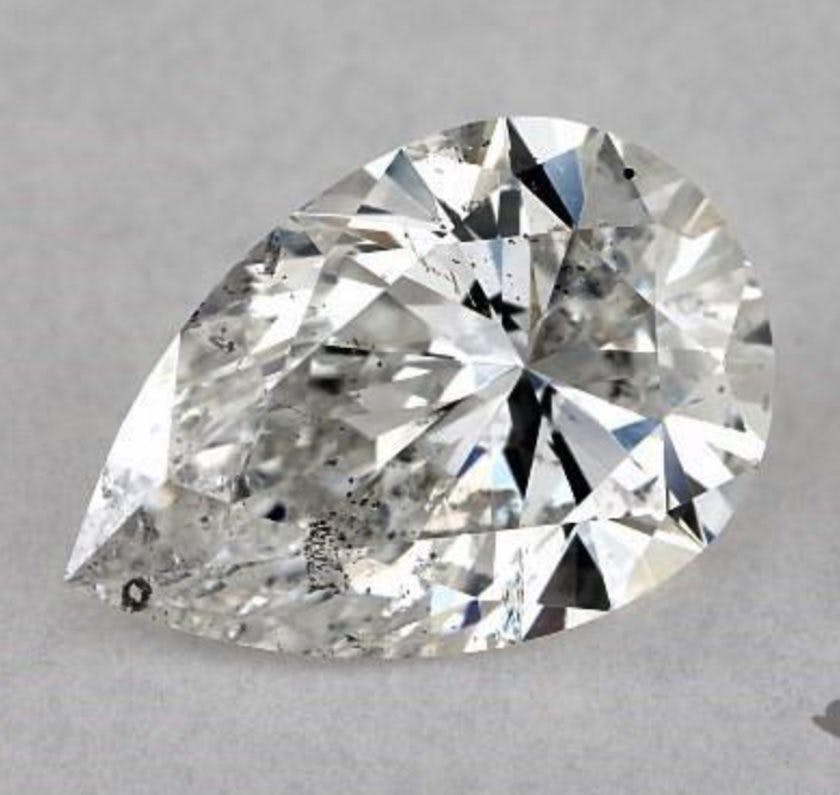
Effect of Flaws on I1 Diamond
Impact of Larger Flaws
Larger flaws in an I1 diamond can have a more significant impact on its appearance and overall beauty. These flaws can be more easily visible to the naked eye, especially if they are located near the center or top of the diamond. They may affect the diamond’s ability to reflect light and can create noticeable areas of darkness or cloudiness within the stone.
Impact of Numerous Flaws
Even if the flaws in an I1 diamond are relatively small, having numerous flaws can still affect its appearance. Multiple inclusions can create a clustered or mottled effect, reducing the overall clarity and brilliance of the diamond. It is important to consider the overall distribution and concentration of flaws in an I1 diamond to determine if it meets your desired level of clarity.
Appearance and Durability
The appearance and durability of an I1 diamond can be influenced by its flaws. While these diamonds can still be beautiful and durable, it is important to carefully evaluate the impact of the flaws on the diamond’s overall aesthetics. Consider how visible the flaws are, how they affect light reflection, and whether they detract from the overall beauty of the diamond. Additionally, assess how the flaws may potentially impact the durability and long-term wear of the diamond.
Comparing I1 and SI2 Clarity Grades
Eye-Clean SI2 versus Noticeably Flawed I1
When weighing the options between an I1 and SI2 clarity grade, it is important to consider the level of flaw visibility. An eye-clean SI2 clarity diamond may be a better choice than a noticeably flawed I1 diamond. While an SI2 clarity diamond still has visible flaws under magnification, they are typically less noticeable to the naked eye compared to an I1 diamond.
Factors to Consider when Choosing between I1 and SI2
When deciding between an I1 and SI2 clarity grade, consider factors such as the overall appearance, price, and personal preferences. Assess the visibility of flaws in each diamond and how they may affect the beauty and sparkle. It is also essential to consider the price difference between the two grades and determine if the improvement in clarity is worth the additional cost.
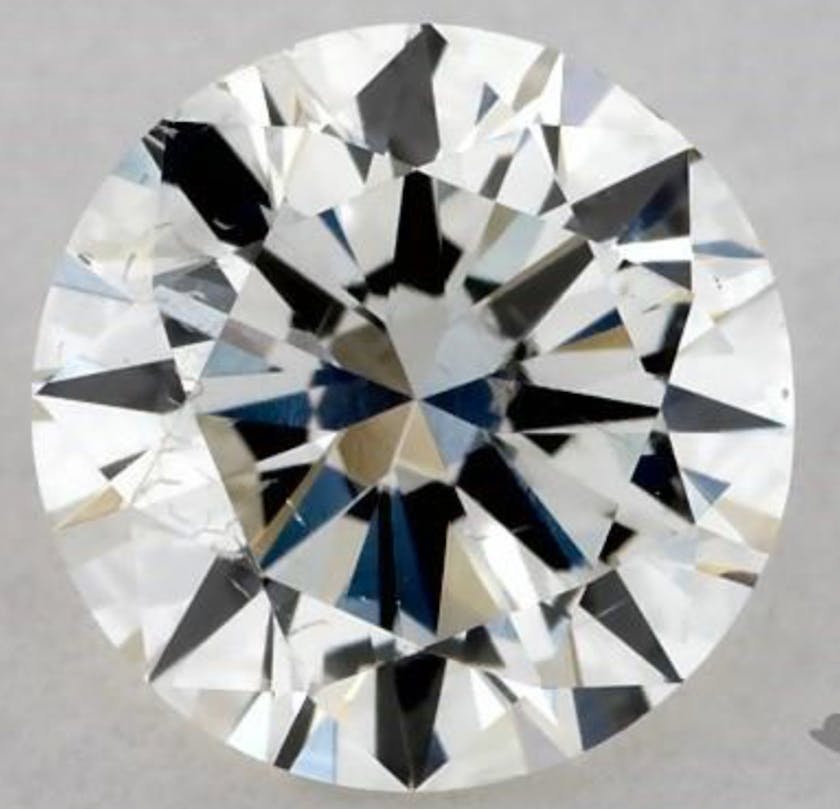
Lab-Made Diamonds as an Alternative
Similar Beauty and Durability
For those who are concerned about flaws and want a higher clarity grade without a higher price tag, lab-made diamonds can be an attractive alternative. Lab-made diamonds have similar beauty and durability as natural diamonds. These diamonds are created in a controlled environment using advanced technology that replicates the natural diamond-growing process.
Lower Cost
One of the significant advantages of lab-made diamonds is their lower cost compared to natural diamonds of the same clarity grade. As lab-made diamonds are created in laboratories, they do not have the same mining and distribution costs associated with natural diamonds. This cost savings allows consumers to get a larger or higher clarity diamond for their budget.
Factors to Consider when Buying I1 Diamond
Grading Laboratory
When purchasing an I1 clarity diamond, it is important to consider the grading laboratory. Different laboratories may have variations in their grading standards and may assign different clarity grades to the same diamond. It is recommended to choose a reputable and well-known grading laboratory to ensure accurate and consistent grading.
Types and Locations of Clarity Features
Another factor to consider is the types and locations of clarity features within the diamond. Understanding the nature of the flaws and their positions can help determine their visibility and potential impact on the diamond’s appearance. Some types of inclusions may be less noticeable or more easily hidden by facets, while others may be more prominent.
Reflections of Inclusions
The reflections of inclusions within an I1 clarity diamond can also influence its overall appearance. Some inclusions may reflect light in a way that makes them more visible, while others may be less noticeable due to their transparency or location. It is recommended to view the diamond in different lighting conditions to assess how the inclusions reflect light and how they affect the diamond’s overall beauty.
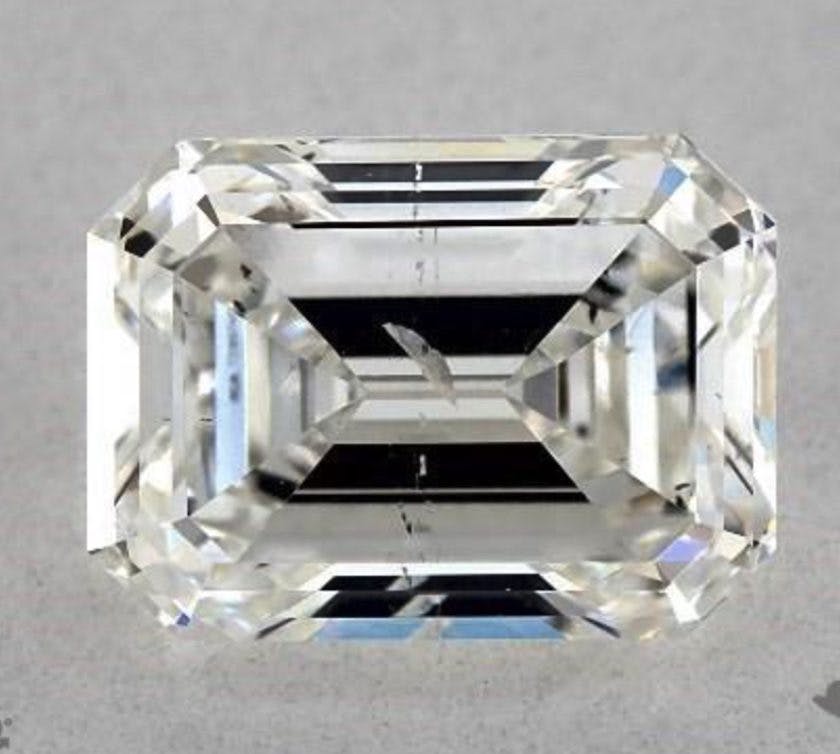
Assessing Visibility of Clarity Features
Taking a Step Back and Zooming Out
When evaluating the visibility of clarity features in an I1 clarity diamond, it can be helpful to take a step back and zoom out. While magnified views can provide detailed information about the flaws, it is essential to consider how visible they are from a normal viewing distance. Sometimes, flaws that appear significant under magnification may be much less noticeable when viewed from a slightly farther distance.
Evaluation from Normal Viewing Distance
To assess the visibility of clarity features, view the diamond from a typical viewing distance that one would see when wearing the diamond. This will give a better understanding of how the flaws may appear in everyday situations. It is important to consider factors such as lighting conditions and the angle at which the diamond is viewed. By evaluating the diamond from a normal viewing distance, you can make a more informed decision about its overall visibility.
Consulting with a Gemologist
Additional Assurance
To gain additional assurance when purchasing an I1 clarity diamond, it can be beneficial to consult with a gemologist. A gemologist has extensive knowledge and expertise in evaluating diamonds and can provide professional guidance in selecting the right diamond. They can assess the visibility of flaws, offer insights on the diamond’s overall quality, and assist in finding an eye-clean I1 diamond if desired.
Expert Advice on I1 Diamonds
A gemologist can also provide expert advice specifically related to I1 clarity diamonds. They can help you understand the specific characteristics and limitations of this clarity grade, as well as assist in finding diamonds with the best value and appearance within the I1 grade. Their expertise can be invaluable in ensuring you make an informed decision and choose a diamond that meets your desired criteria.
In conclusion, when choosing a clarity grade for a diamond, it is important to consider factors such as price, appearance, and alternative options. Understanding the specific characteristics and impact of flaws in an I1 clarity diamond is essential in making the right choice. Comparing I1 and SI2 clarity grades, considering lab-made diamonds as an alternative, and consulting with a gemologist can provide invaluable guidance in selecting the perfect diamond for your needs and preferences.
